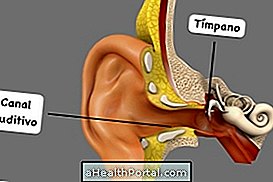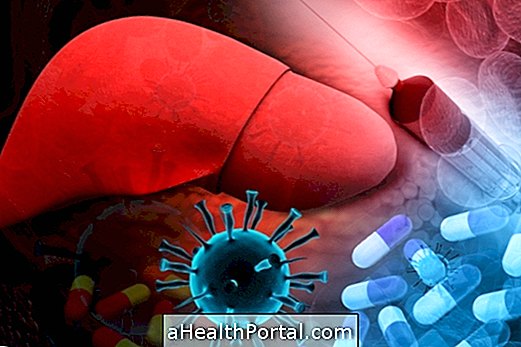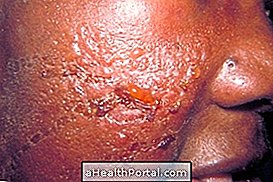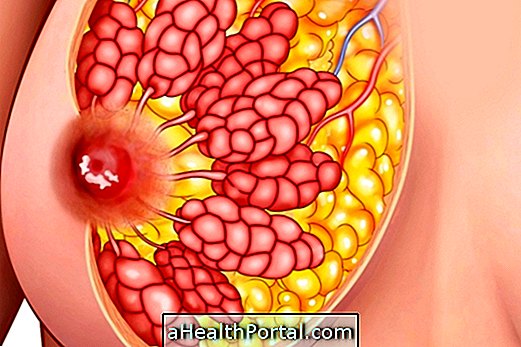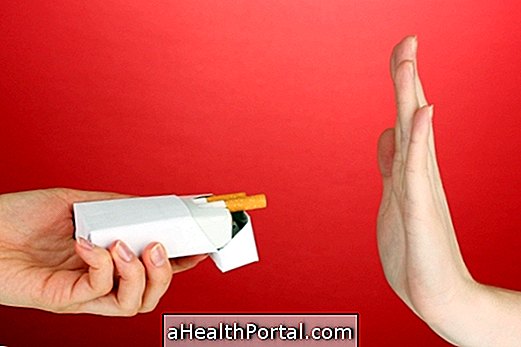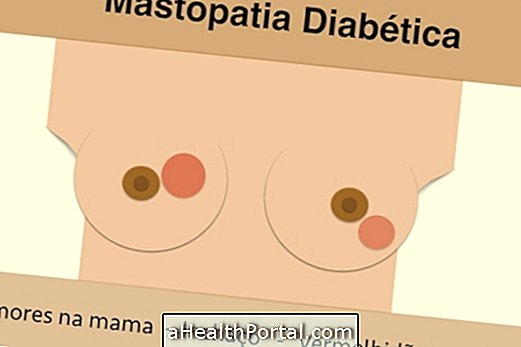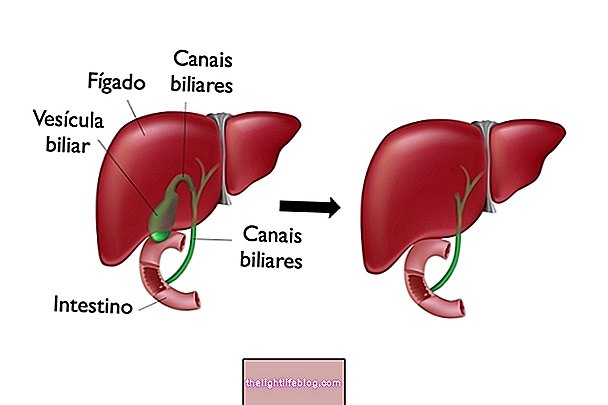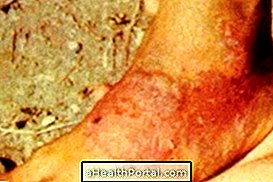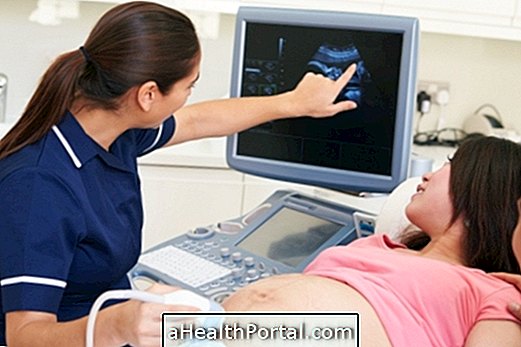Diphtheria is an infectious-contagious disease characterized by inflammation and injury of the respiratory tract, and may also affect the skin, and is more common in children between 1 and 4 years of age, although it may occur in all ages.
This disease is caused by the bacterium Corynebacterium diphtheriae, which produces toxins that can be directly into the bloodstream, which can affect other organs and lead to various complications. Thus, treatment should be done as soon as the first symptoms appear and is usually performed with the use of antibiotics, which should be taken according to medical advice.
Diphtheria can be transmitted easily from person to person through coughing or sneezing, such as contaminated people, and in some cases due to the consumption of contaminated food or contact with clothing and toys infected by the bacteria.
The best way to prevent diphtheria is through vaccination, which should be done in the first months of life and the first boost at 4 years. The vaccine, besides protecting against diphtheria, also protects against tetanus and whooping cough, which are also diseases caused by bacteria and can bring various health complications.
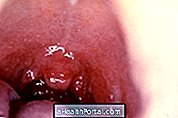


Symptoms of diphtheria
Signs and symptoms indicative of diphtheria are:
- Formation of grayish plaques in the region of the tonsils;
- Inflammation and sore throat, especially when swallowing;
- Swelling of the neck;
- Fever;
- Nasal discharge with blood;
- Wounds and red spots on the skin;
- Bluish color in the skin due to lack of oxygen in the blood;
- Nausea and vomiting;
- Dripping nose;
- Headache;
- Difficulty breathing.
The symptoms appear between 3 and 6 days after the person's exposure to the bacteria, and it is recommended to go to the emergency room as soon as the symptoms appear so that the infection can be treated and thus avoid aggravation and transmission of the disease to other people .
Diphtheria is an infectious disease, that is, it can be passed from person to person easily, especially when talking, coughing, sneezing or coming in contact with a person contaminated by the bacteria.
How is the diagnosis made?
The diagnosis of diphtheria is made by assessing the symptoms presented by the person, as well as laboratory tests to confirm the infection. Usually the doctor is asked to perform a blood count and culture of throat secretion, which must come from one of the plaques present in the throat and must be collected by a trained professional.
The culture of throat secretion aims to identify the presence of the bacterium and, when positive, antibiogram is made to define which antibiotic is most appropriate to treat the infection. Due to the bacterium's ability to spread rapidly through the bloodstream, the physician may request a blood culture.
Treatment of diphtheria
The treatment for diphtheria is done according to the medical recommendation, and antibiotics are usually indicated with the objective of eliminating the bacteria, such as Penicillin or Erythromycin, in addition to resting.
Usually recovery of the infection is delayed and, when the symptoms are more severe, it may be necessary that the treatment be performed with the person hospitalized, being necessary that the breathing is done with the aid of devices. Learn how diphtheria treatment is done.
To avoid infection with Corynebacterium diphtheriae it is important to take the Vaccine of the Triple bacterium, also called DTPa, which protects against diphtheria, tetanus and pertussis. It is recommended that this vaccine be administered at 2, 4, 6 and 15 months of life and strengthened at 4 years. It is also indicated that adults should booster this vaccine every 10 years. Learn more about the diphtheria, tetanus and pertussis vaccine.



